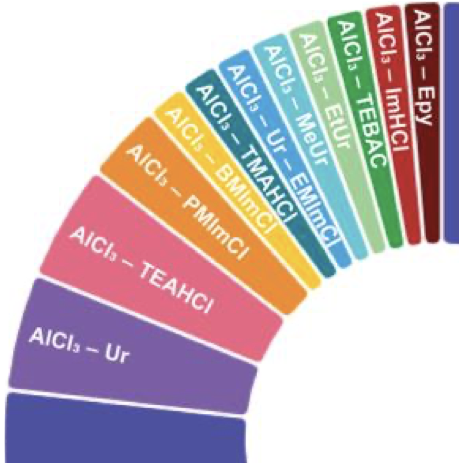Abstract
Battery technologies based in multivalent charge carriers with ideally two or three electrons transferred per ion exchanged between the electrodes have large promises in raw performance numbers, most often expressed as high energy density, and are also ideally based on raw materials that are widely abundant and less expensive. Yet, these are still globally in their infancy, with some concepts (e.g., Mg metal) being more technologically mature. The challenges to address are derived on one side from the highly polarizing nature of multivalent ions when compared to single valent concepts such as Li+ or Na+ present in Li-ion or Na-ion batteries, and on the other, from the difficulties in achieving efficient metal plating/stripping (which remains the holy grail for lithium). Nonetheless, research performed to date has given some fruits and a clearer view of the challenges ahead. These include technological topics (production of thin and ductile metal foil anodes) but also chemical aspects (electrolytes with high conductivity enabling efficient plating/stripping) or high-capacity cathodes with suitable kinetics (better inorganic hosts for intercalation of such highly polarisable multivalent ions). This roadmap provides an extensive review by experts in the different technologies, which exhibit similarities but also striking differences, of the current state of the art in 2023 and the research directions and strategies currently underway to develop multivalent batteries. The aim is to provide an opinion with respect to the current challenges, potential bottlenecks, and also emerging opportunities for their practical deployment.
